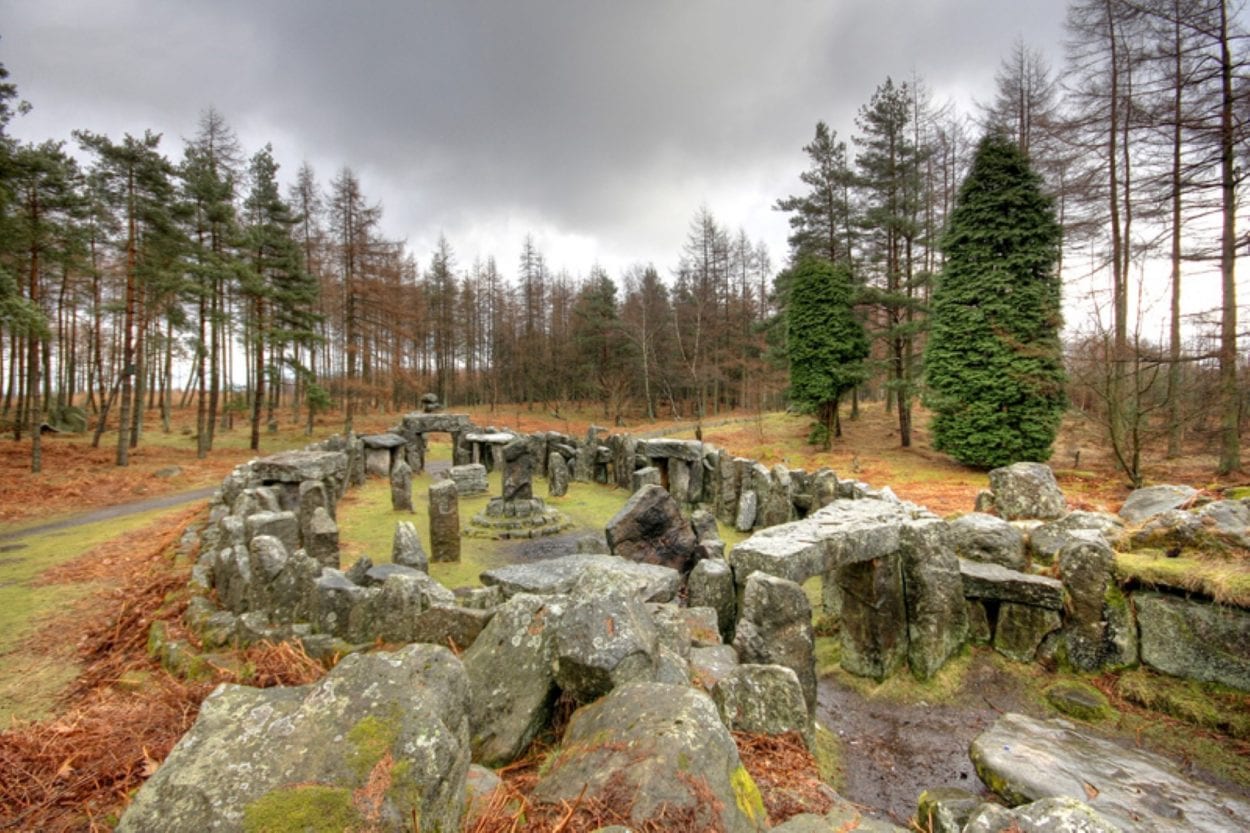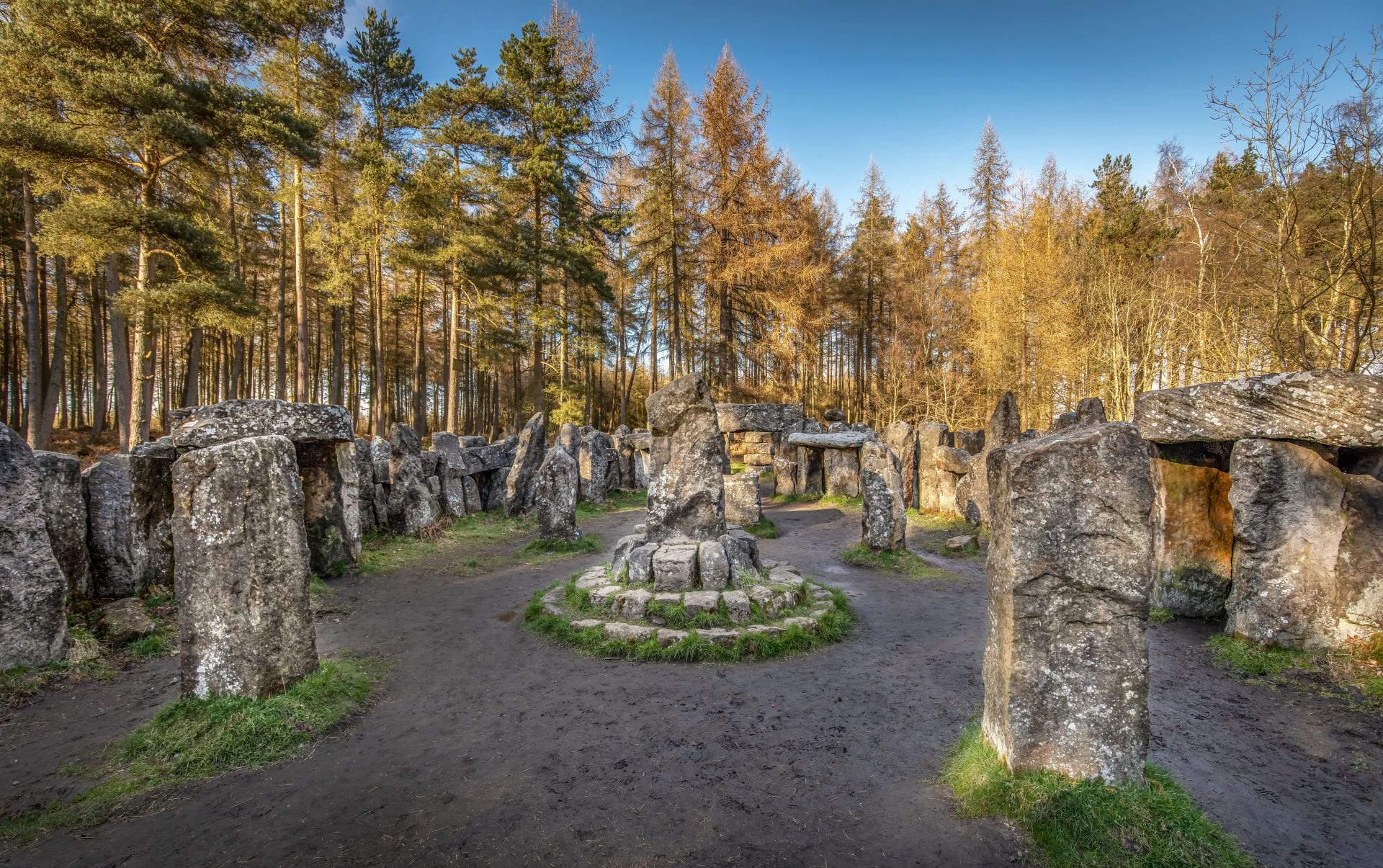Historical accounts of the Druid’s are derived from the Commentarii de Bello Gallicom, an account written around 50 BC by Julius Caesar, describing the Gallic Wars from a first-hand perspective.
Caesar portrays the Druids as high-ranking priests performing sacrifices to the gods, and respected lore keepers, with the legal and political authority to advise the leaders of the Gallic nations.
The Druids were also described by Marcus Tullius Cicero, Diodorus Siculus, Publius Cornelius Tacitus and Pliny the Elder, with the centre of druidic study being suggested to take place in present-day Britain.
With the Roman invasion of Gaul, the various druidic orders were suppressed by the emperors Tiberius and Claudius and the Druids of Anglesey were exterminated by the Roman general Gaius Suetonius Paulinus to break the religious authority that the Druids held across Britain.
By the 18th century, there was a revival in the romanticism connected to Britain’s past, with the Druids being associated (incorrectly) through a pseudo-historical context with many Neolithic and Mesolithic monuments.

This romanticism led to the eccentric one-time Sheriff of Yorkshire – William Danby to commission the construction of a 100ft-long folly in the early 1800’s called the “Druid’s Temple”, in his estates near the family seat of Swinton Park on a hill above Pot Beck in Yorkshire, England.
Danby was an accomplished scholar, who wrote works of personal philosophy that includes “Extracts from and observations on Cicero’s dialogues De senectute and De amicitia, and a translation of his Somnium Scipionis, with notes”.
The temple was designed to mimic some of the characteristics of Stonehenge, with monoliths and trilithons to form two circles in a vesica piscia, with the first circle centred on a monolith depicting a phallic symbol.
The rest of the temple consists of an antechamber, a circular chamber (containing a sacrificial stone) and a proposed tomb structure. Nearby the temple is also a column of stones, suggested to symbolise either a pagan deity or the 12 signs of the zodiac.
Danby offered a salary for a hired silent druidic hermit to live at the temple for seven years, though several tried, the longest period a hermit lasted was just over five.
In more recent years, the temple was at the centre of a political row in the House of Lords, where Baroness Masham of Ilton cited incidences of worship associated to the devil and the occult, proposing that the public should be restricted from accessing the site.
Image Credit : Neal Rylatt – Shutterstock





